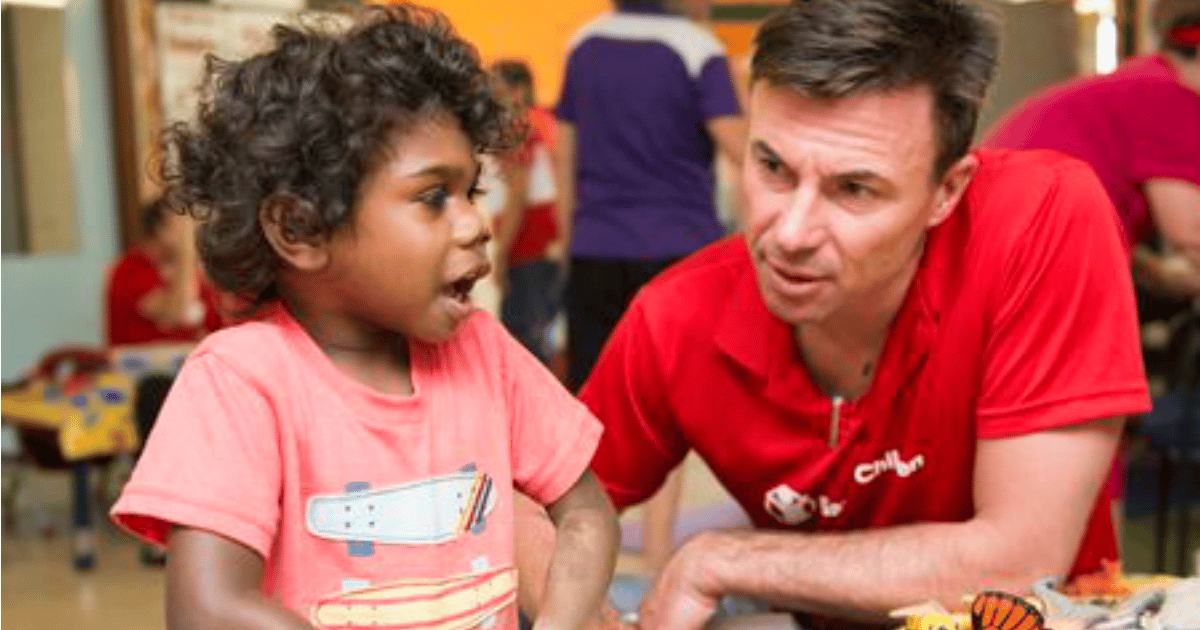In 2018, my 12-year-old son will face many things.
He will be starting high school, a milestone which he is facing with a mixture of excitement and trepidation.
However, for many other children in Australia and across the world, there are far more daunting prospects. Taking care of their siblings. Collecting drinking water. Going for their third day without food.
A few months ago, I visited refugee camps in Somalia where years of below average rains have left millions of people on the brink of starvation. There I watched as hundreds of women waited in line to see one of Save the Children’s mobile health teams, each of them holding babies that were severely malnourished.
I am regularly in awe of the Save the Children teams in such places who keep going, day after day, experiencing the heartbreak of seeing so many babies so close to death.
But this heartbreak can be tempered by the look of relief and joy on a mother’s face when she is given a box of plumpy nut paste which she knows will literally save her child’s life (in just three weeks, this paste leads to rapid weight gain to restore a starving child’s health).
This look of hope on a mother’s face is being replicated around the world.
Famine in Africa was just one of many ‘mega’ humanitarian crisis that Save the Children responded to in 2017. The conflict in Yemen, the ongoing civil war in Syria and the mass displacement of Rohingya people from Myanmar also tested our global response capacity to manage multiple concurrent humanitarian crises. In total, Save the Children responded to more than 100 disasters last year.
In these situations, in the face of such huge need, I am often asked what gives me hope.





























































































